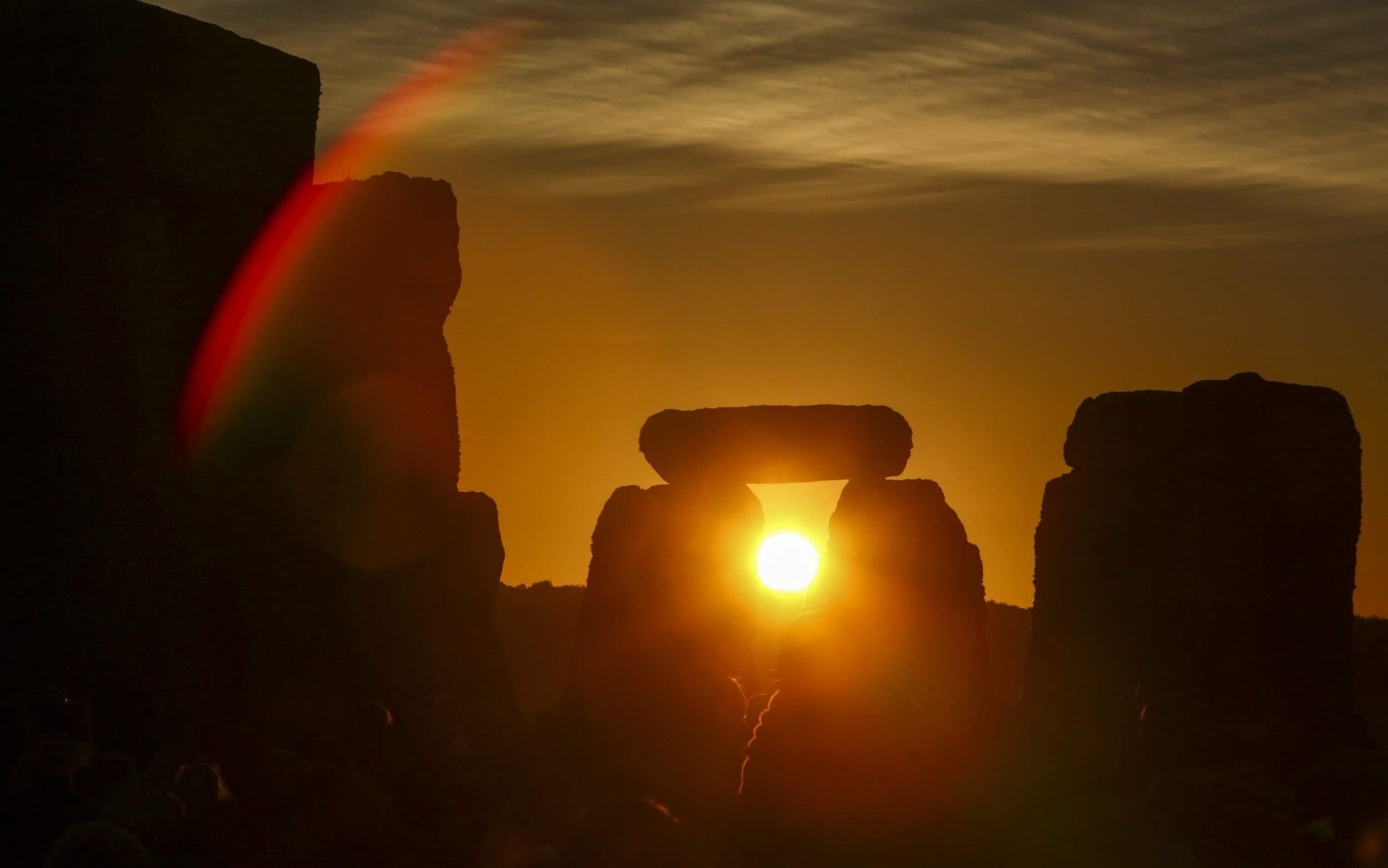- LIFE
How Do You Make Basil Pesto


The Summer Solstice is a moment when nature, science, and human culture intersect in a remarkable way. In 2025, this astronomical event will occur on Saturday, June 21, at 02:42 UTC. For much of North America, it will be experienced in the late evening of June 20, while other parts of the world like Europe and Asia will witness it early the following morning. This marks the precise moment when Earth’s North Pole is tilted closest to the Sun, causing the Sun to reach its highest point in the sky and creating the longest day and shortest night of the year for the Northern Hemisphere.
Scientifically, the Summer Solstice is the result of Earth’s axial tilt—approximately 23.5 degrees. As our planet orbits the Sun, this tilt positions the Northern Hemisphere to receive the most direct sunlight during the solstice. On this day, sunlight spans the greatest length across northern latitudes, and for people living along the Tropic of Cancer, the Sun appears directly overhead at local noon. Although Earth is actually farthest from the Sun in its elliptical orbit during this time, the angle of solar radiation is what makes the day feel so long and bright. After the solstice, daylight hours gradually begin to shorten, signaling the seasonal shift toward autumn.
The solstice has long captivated humanity and served as a marker in both time and belief. Ancient civilizations built stunning monuments aligned with the Sun’s path to track this yearly event. Stonehenge in England is perhaps the most famous example—its stones align with the sunrise on the Summer Solstice, attracting thousands of modern-day visitors who gather to witness this connection to our solar past. Across the globe, cultures such as the Maya, Inca, and ancient Chinese also constructed temples and observatories to align with the Sun’s movements, often integrating these alignments into rituals and agricultural planning.
In agricultural societies, the Summer Solstice marked a turning point for planting and harvesting. The abundance of daylight gave farmers more time to work the fields, and the timing helped determine the growth cycles of essential crops. The solstice became embedded in calendars and timekeeping systems, forming the backbone of early seasonal understanding. Our current Gregorian calendar, used globally today, still anchors its months and seasonal transitions on the timing of solstices and equinoxes.
Culturally, the Summer Solstice has been deeply significant across diverse societies. Ancient European pagans celebrated it as Midsummer with bonfires, fertility rites, and nature-based ceremonies. In Slavic regions, Kupala Night is still observed with dancing, flower wreaths, and symbolic water rituals. In northern Europe, particularly Sweden and Finland, Midsummer remains one of the most beloved national holidays, with people gathering to dance around maypoles, feast with family, and enjoy the “Midnight Sun.” In the Americas, indigenous communities such as the Sioux have held Sun Dance ceremonies during the solstice period, focusing on renewal, healing, and spiritual strength.
Today, these traditions continue and evolve. Thousands gather at Stonehenge to celebrate sunrise, combining ancient ritual with modern spirituality. In New York City, Times Square hosts an annual public yoga event, inviting people to welcome the solstice with mindfulness and community. In Alaska, where the Sun barely sets, the Midnight Sun Festival brings people together with food, music, and celebration. These modern expressions echo ancient themes—light, renewal, gratitude, and the interconnectedness of life.
Though the solstice is the year’s longest day, it does not coincide with the hottest temperatures. That peak comes later due to Earth’s surface and oceans absorbing heat gradually over time—a phenomenon known as seasonal lag. Still, the Summer Solstice marks the beginning of peak growing season in many parts of the U.S. and the world, making it a vital seasonal cue for both farmers and nature enthusiasts.
As June 20–21 approaches, the Summer Solstice 2025 invites us to pause and celebrate our relationship with the cosmos. Whether watching the sunrise from a historic site, joining a local festival, or simply stepping outside to enjoy the late-setting Sun, the solstice reminds us of our place on a spinning, tilted world warmed by a distant star. It’s a moment of astronomical precision, ancient reverence, and joyful connection—one that deserves to be celebrated, shared, and remembered.